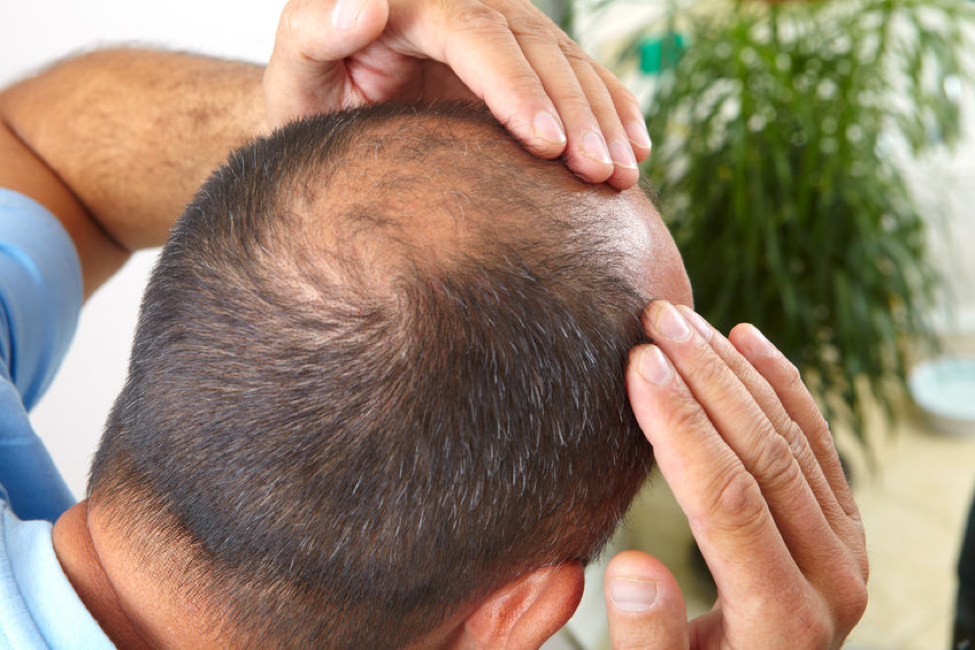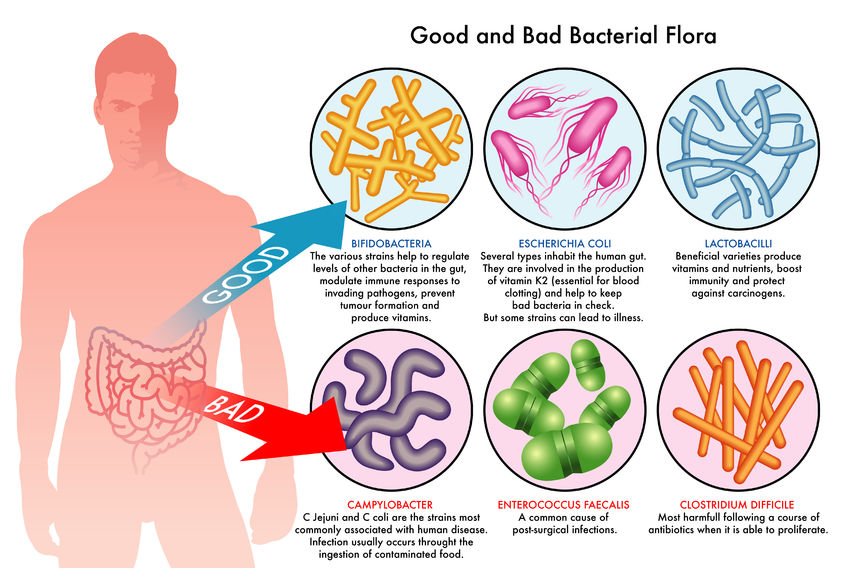Aelius Galenus was a Greek physician and surgeon in the Roman Empire. He was influential in the development of various scientific disciplines, including anatomy, physiology, pathology, pharmacology, and after having worked with many medicinal agents, he felt that garlic was a “Cure all.”
Garlic contains high amounts of vitamin B, vitamin C, Potassium, Calcium, Protein, and Phosphorus. Potassium is an electrolyte that helps the body with water, metabolism and chemical balance. It aids the body by helping to regulate your heartbeat, it helps with muscle contraction and nerve impulses. Vitamin B helps regulate the nervous system. It also plays a role in the growth and red blood cell formation. It also helps the body turn food into energy. It can also help the body fight infections. Vitamin C helps to strengthen the immune system. Phosphorus plays a crucial role in how the body uses fats and carbohydrates, it also helps the body make protein which is needed for repair of cells and tissues. Calcium is required to maintain muscles and blood vessels contract and expand, to secrete hormones and enzymes and to send messages through the nervous system. As you can see, there is an awful lot of power packed into one bulb of garlic.
Garlic contains a chemical called allicin. This is what seems to make garlic work for certain conditions. It is also what gives garlic its smell.
Garlic has been used to aid in blood circulation, lowering blood pressure, it decreases the mucus that forms with respiratory infections, helps a sore throat, earache, colds, worms, jock itch, warts, stomach ailments, and is a valuable nerve tonic. Because garlic has the healing qualities to fight E. Colic, and Staph, it is a powerful antibacterial agent. Long before the study of the chemical components of garlic, most recognized its potent healing qualities, but through chemical analysis, it is finally getting it’s proper due.







